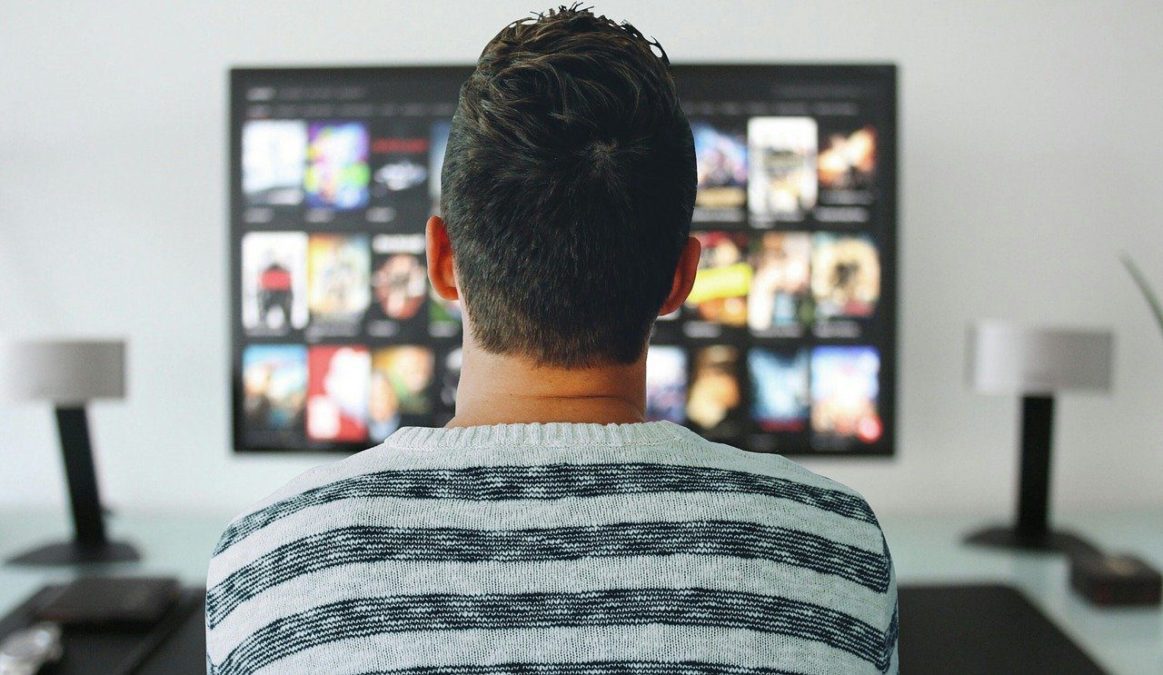At this point in the COVID-19 pandemic, the only ones who are benefiting from the global coronavirus pandemic are the streaming services and TV networks. With everyone quarantined, working from home, and social distancing, consumers are turning to watching movies, TV shows, news and other programming that is consumed via TV.
A new study from the research firm Nielsen found that TV consumption could increase as much as 61% based on previous crises. Already, media consumption is historically high and everyone’s screen time is up. People are using social media to stay in touch with friends and family and people are turning to the TV to stay informed and entertained.
During Hurricane Harvey in August 2017, Nielsen reported a 56% increase in TV usage compared to before the storm. Similarly during the ‘snowpocalypse’ storm on the east coast of the United States in January 2016, TV usage rose 45% in one week and was 49% higher than after the storm was over. In both cases, there was a huge spike in TV watching as people were both stuck inside and desperate for news, not unlike the current COVID-19 situation. In the report, Nielsen says, “Be it snowstorms, hurricanes or a global pandemic, media users ramp up their media consumption to stay informed, kill time, find solace and stay in touch with others.”
Working from home has also impacted the amount of TV viewing time. On average, remote workers spend about three hours more watching TV compared to those who work in an office. As more and more companies enact work from home policies, this could also drive up media consumption. The increased TV viewing may be an opportunity for advertisers to reach larger audiences but people are still hesitant to leave their homes to actually make the purchases.
Streaming services have also seen increased usage recently. According to Variety, 91% of Americans subscribe to a streaming service and 30% subscribe to three or more different services. Disney released Frozen 2 early on Disney+ and Star Wars: The Rise of Skywalker will also get an early digital release. Studios like NBCUniversal are also releasing some movies digitally at the same time they are released in theatres that remain open.
As the effects of the COVID-19 pandemic are being felt across all industries across North America and the rest of the world, there is no doubt that this will also affect the media landscape.
Author
-

Delaney is a recent graduate of the University of Toronto and has loved TV and movies for as long as she can remember. She may or may not keep a colour coded spreadsheet of all the pop culture things she consumes every year. Delaney spent the first six months of 2018 in Australia and then she wrote a book about it (“Here, There, and Everywhere” is available on Amazon print or e-book). She is currently working on her first screenplay and hopes to work on a movie or TV set one day.
Advertisement. Scroll to continue reading.









































